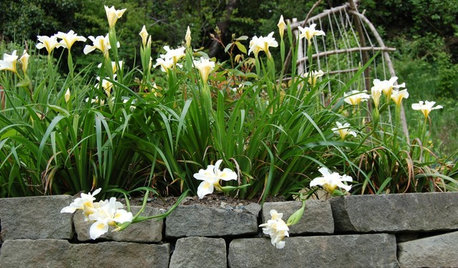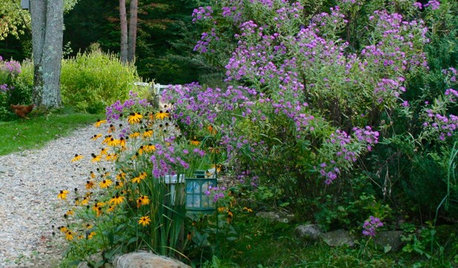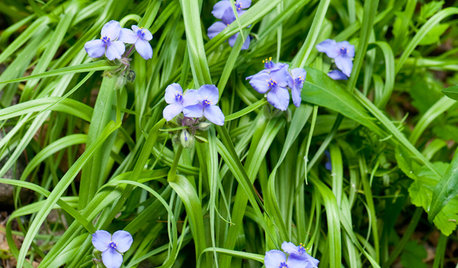Adapting native plants to achieve a Japanese Garden feel/look.
dragonfly_wings
15 years ago
Featured Answer
Sort by:Oldest
Comments (11)
patings
15 years agogrouch0
15 years agoRelated Professionals
Panama City Landscape Architects & Landscape Designers · Saint Charles Landscape Architects & Landscape Designers · San Juan Landscape Architects & Landscape Designers · Middletown Landscape Contractors · Fort Worth Landscape Contractors · Lorain Landscape Contractors · Newnan Landscape Contractors · North Richland Hills Landscape Contractors · Raleigh Landscape Contractors · Del City Decks, Patios & Outdoor Enclosures · Greendale Decks, Patios & Outdoor Enclosures · Leander Decks, Patios & Outdoor Enclosures · Randolph Decks, Patios & Outdoor Enclosures · Schaumburg Decks, Patios & Outdoor Enclosures · Waukesha Decks, Patios & Outdoor Enclosuresrock_oak_deer
15 years agonickpdx_sukiya
14 years agojacklord
13 years agoUser
13 years agotonyb416
13 years agomagoo1
13 years agodanbastrop
12 years agooath5
12 years ago
Related Stories

GROUND COVERSNative Alternatives to English Ivy, Japanese Pachysandra and Periwinkle
These shade-loving ground covers are good for the environment and say something about where you are
Full Story
NATIVE PLANTSPlant These Fall-Flowering Natives in Early Summer for Pollinator Love
These 3 groups of plants will support masses of beneficial insects come autumn
Full Story
GARDENING GUIDESGreat Design Plant: Sambucus Nigra
Common elderberry is a highly adaptable shrub from the eastern U.S., with berries galore for wildlife and humans alike
Full Story
INSPIRING GARDENSNative Plants Bring 10 Southern California Front-Yard Gardens to Life
Rare plants, rain gardens and wildlife habitats are just a few of the features showcased on the 2016 Theodore Payne Native Plant Garden Tour
Full Story
GARDENING GUIDESWe Bust 4 More Native Plant Myths
Have you been taken in by these fallacies about gardening with native plants?
Full Story
GARDENING GUIDESTop 10 Native Plants for the Pacific Northwest
More than just gorgeous and adaptable, these standout plants convey a sense of place
Full Story
GARDENING GUIDESTop 10 Native Plants for the Northeast
For a low-maintenance, wildlife-friendly landscape, use native plants adapted to the climate and range of soils in the Northeast
Full Story
GARDENING GUIDESLet's Weed Out 4 Native Plant Myths
Plant wisely for a garden that supports pollinators and requires less work
Full Story
GARDENING GUIDESGreat Design Plant: Tradescantia Ohiensis Adds Shades of Blue
This reliable, adaptable U.S. native provides spider-like foliage and clusters of blue to purple flowers in Eastern gardens each spring
Full Story
GARDENING GUIDESGarden-Friendly Native Alternatives to Overplanted Exotics
There are lots of gorgeous, wildlife-friendly native plants ready to make an appearance in your garden
Full Story





axeman